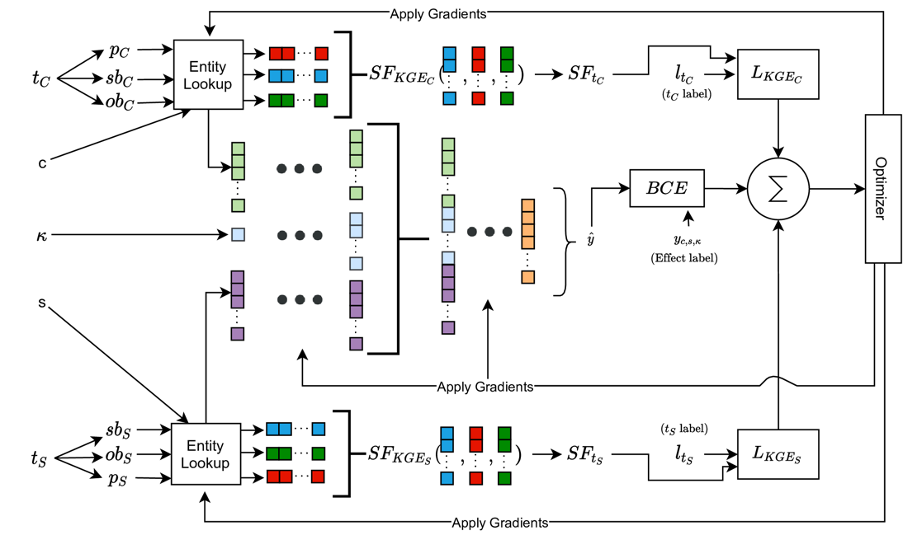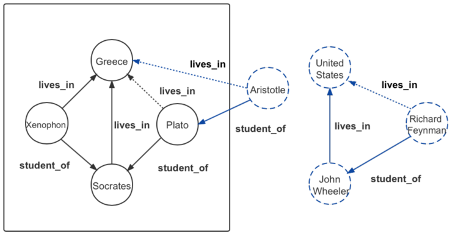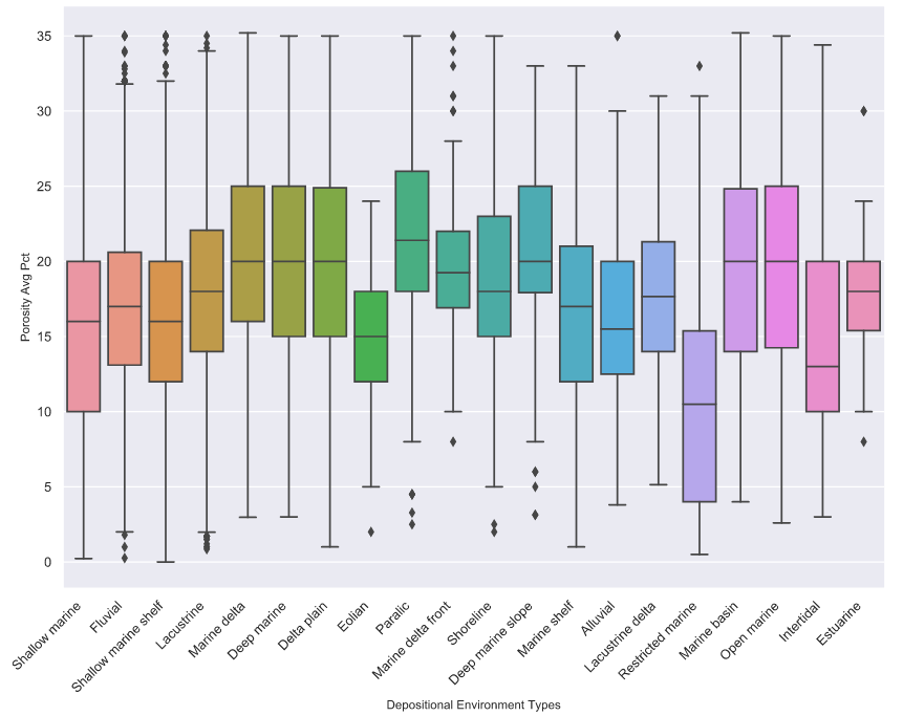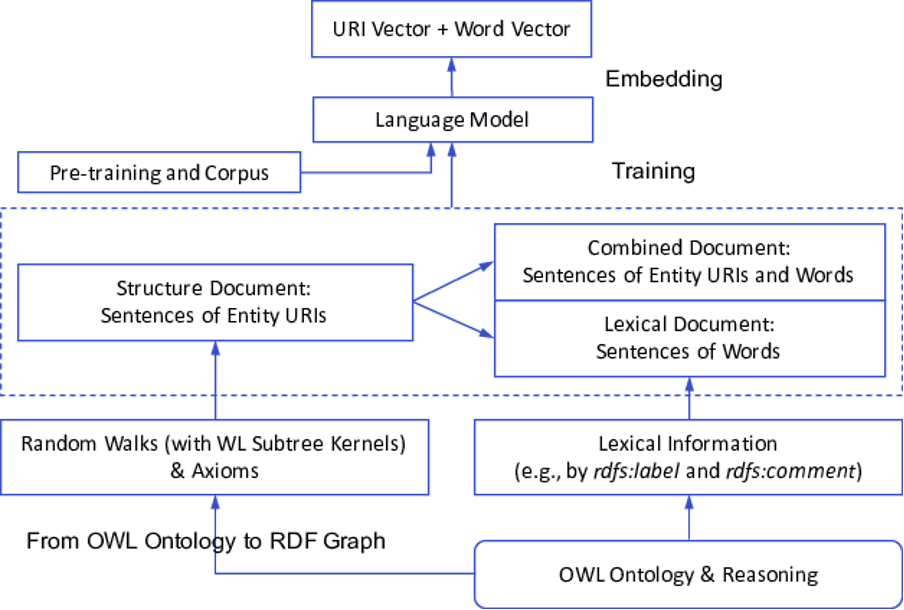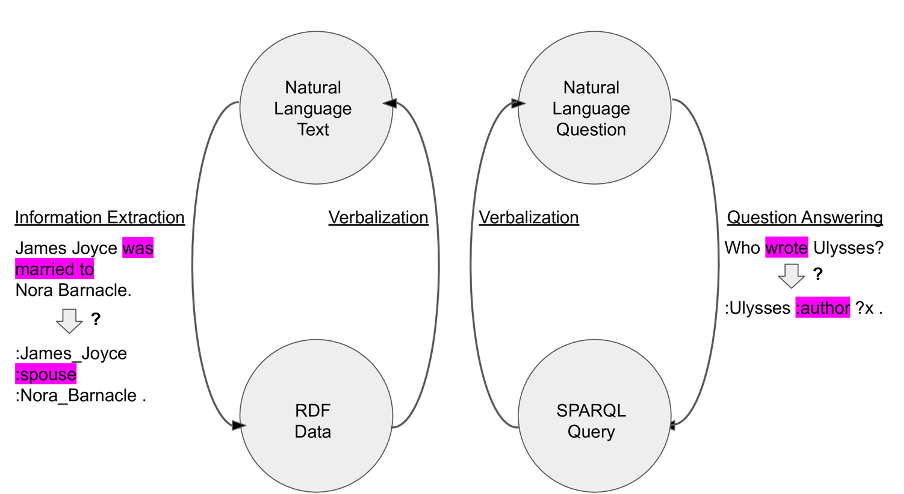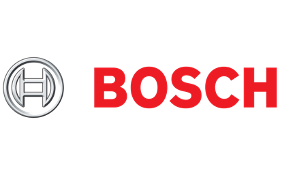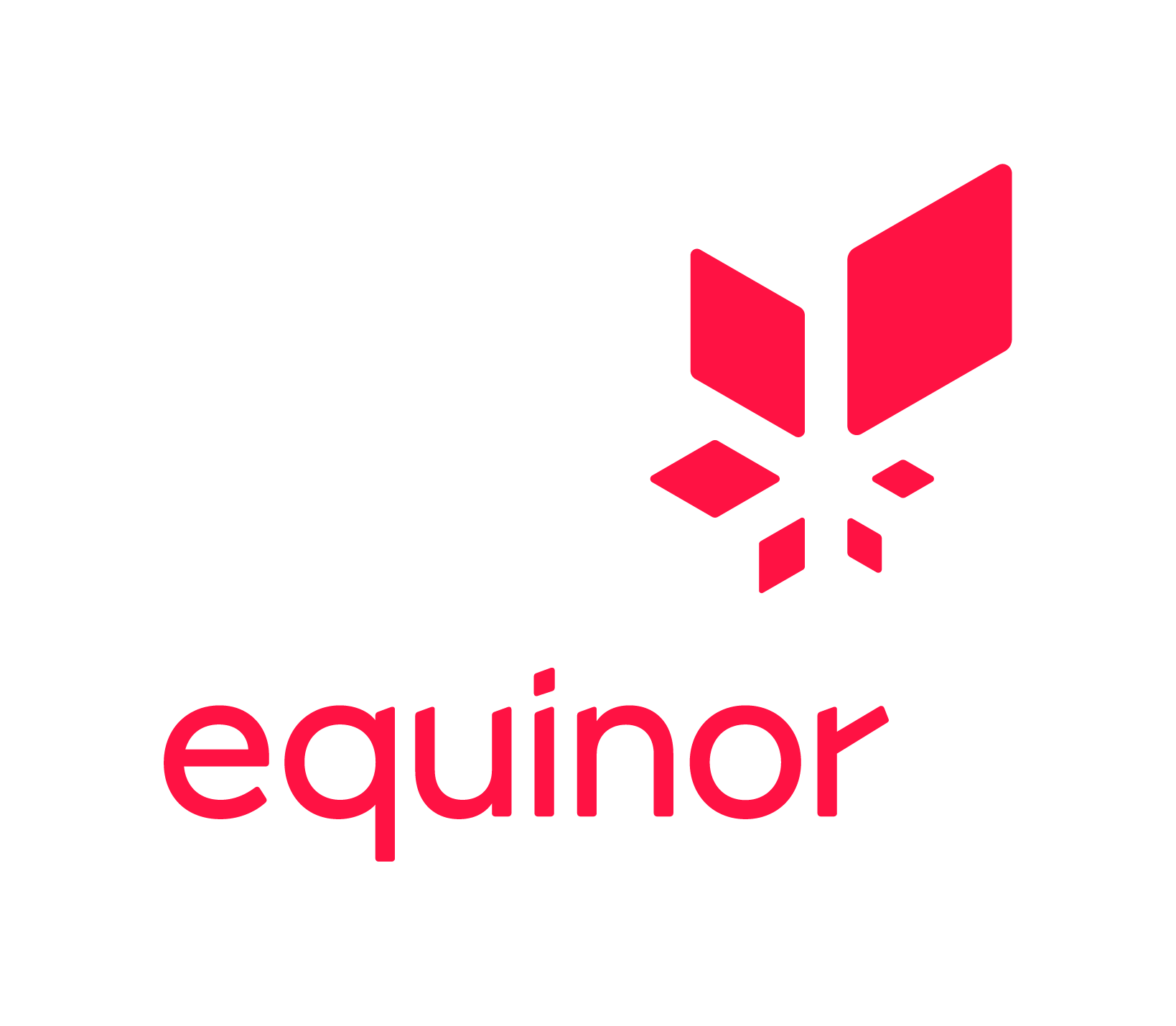[4] David Jaime Tena Cucala, Bernardo Cuenca Grau, Egor V. Kostylev, Boris Motik: «Explainable GNN-Based Models over Knowledge Graphs.» International Conference on Learning Representations (ICLR 2022). [https://openreview.net/pdf?id=CrCvGNHAIrz]
[6] Summaya Mumtaz and Martin Giese: «Frequency-Based vs. Knowledge-Based Similarity Measures for Categorical Data.» AAAI Spring Symposium: Combining Machine Learning with Knowledge Engineering (1). 2020.
[9] Jiaoyan Chen, Ernesto Jiménez-Ruiz, Ian Horrocks, Denvar Antonyrajah, Ali Hadian, Jaehun Lee: «Augmenting Ontology Alignment by Semantic Embedding and Distant Supervision.» Extended Semantic Web Conference (2021): 392-408.
[11] Yuxuan Shi, Gong Cheng, Trung-Kien Tran, Evgeny Kharlamov, Yulin Shen: «Efficient Computation of Semantically Cohesive Subgraphs for Keyword-Based Knowledge Graph Exploration.» WWW 2021: 1410-1421.
[13] Baifan Zhou, Yulia Svetashova, Andre Gusmao, Ahmet Soylu, Gong Cheng, Ralf Mikut, Arild Waaler, Evgeny Kharlamov: «SemML: Facilitating development of ML models for condition monitoring with semantics.» Journal of Web Semantics 71: 100664 (2021). [https://reader.elsevier.com/reader/sd/pii/S1570826821000391]
[14] Baifan Zhou, Dongzhuoran Zhou, Jieying Chen, Yulia Svetashova, Gong Cheng, Evgeny Kharlamov: «Scaling Usability of ML Analytics with Knowledge Graphs: Exemplified with A Bosch Welding Case.» IJCKG 2021: 54-63. [https://dl.acm.org/doi/pdf/10.1145/3502223.3502230]
[15] Dongzhuoran Zhou, Baifan Zhou, Jieying Chen, Gong Cheng, Egor V. Kostylev, Evgeny Kharlamov: «Towards Ontology Reshaping for KG Generation with User-in-the-Loop: Applied to Bosch Welding.» IJCKG 2021: 145-150.
[17] Moritz Blum, Basil Ell, and Philipp Cimiano: «Exploring the impact of literal transformations within knowledge graphs for link prediction.» In Proceedings of the 11th International Joint Conference on Knowledge Graphs (IJCKG 2022), 2022.
[18] Farhad Nooralahzadeh, Lilja Øvrelid, and Jan Tore Lønning: «SIRIUS-LTG-UiO at SemEval-2018 Task 7: Convolutional Neural Networks with Shortest Dependency Paths for Semantic Relation Extraction and Classification in Scientific Papers.» In Proceedings of the 12th International Workshop on Semantic Evaluation, pages 805–810, New Orleans, Louisiana. Association for Computational Linguistics. [https://aclanthology.org/S18-1128.pdf]




